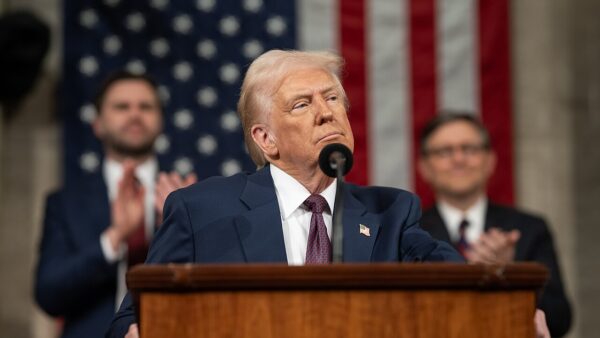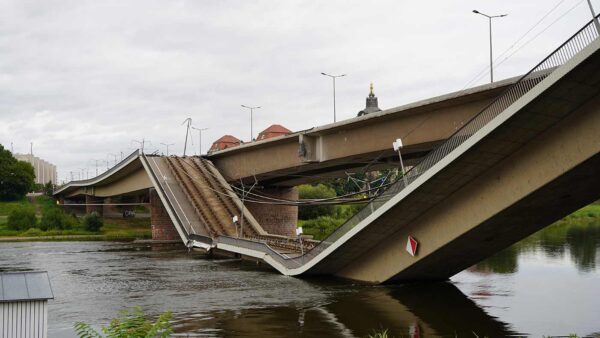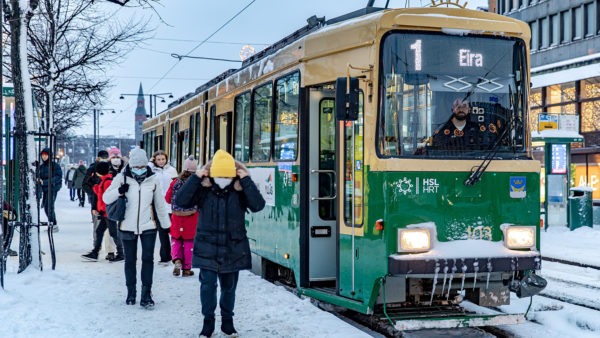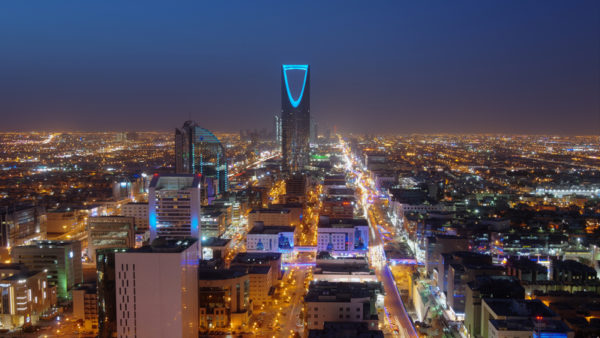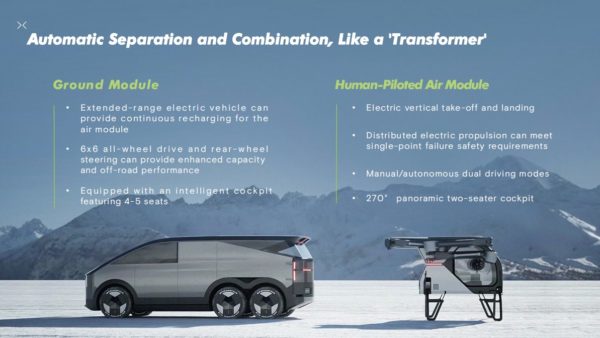President Obama says £300bn is needed over the next four years to keep America moving, but political deadlock and urban gridlock seem to be inevitable.
President Obama has set off on another campaign tour of America. Yesterday he arrived at the town of Wilmington in Delaware to make his pitch.
But the president was not arguing for socialised medicine or gun control or any of those hot button issues. He was simply asking for enough money to keep the country’s roads working.
The trust fund that pays the Federal government’s contribution to the system is going to start bouncing cheques next month, and there is no sign that Congress is going to replenish it before it goes on its summer vacation at the end of July.
The president chose Wilmington because he could stand in front of the town’s bridge, which carries 90,000 drivers a day over the Delaware River. Or rather, it used to: it was closed indefinitely last month after four support columns were found to be tilting.
Earlier in the month he made a similar speech in front of the Key Bridge on the Potomac River, another crossing that is falling down. Another speech was made in from of the Tappan Zee bridge over the Hudson River in New York state (pictured above).
He could as well have picked the Pulaski Skyway bridge between Newark and Jersey City, the structure of which was described as “basically intolerable” by the National Bridge Inventory.
His immediate goal was just for enough money to keep the programmes going that have already started. If not, he warned, 700,000 people would be laid off. The consequences for the America’s road users if the money is not found is dire.
Of course, it’s a pretty safe bet that the money will be found in time: financial brinksmanship like this is part of normal business in US politics.
An emergency funding bill has already passed through the Republican-controlled House of Representatives and is heading for the Democrat-controlled Senate. That will provide enough money to keep the roadworks going until May. Â
Turning the tide
Obama wants something more than a bridging loan. The strategic aim of his speaking tour is to push for an initiative called “It’s time to rebuild America”, which is a £302bn infrastructure bill that would renew the country’s roads, rail, bridges and tunnels. If nothing is done, vice-president Joe Biden has warned that, ‘”A lot of very bad things are going to happen very soon”.
Biden’s view is backed up by the American Chamber of Commerce, which published a report last year that estimated that, at a minimum, $2.9 trillion would be needed to keep the country’s transport systems in good repair in the period leading to 2030: that is, $181bn a year, or more than $100bn more than Obama is calling for.
The American Society of Civil Engineers’ Failure to Act report, published in January 2013, estimated that a $128bn a year over and above planned spending was needed before 2020.Â
The reason for these astronomical spending estimates No part of the US’ transport system is in good repair.
In 1950, when America was building its transcontinental network of interstate highways and modernising its cities, it invested 3% of its GDP in transport and water infrastructure.
By 2004, this had declined to 2%, despite the fact that all the assets built over the past 54 years required continual maintenance, and much of them had to be upgraded if they were to keep pace with the rest of the world.
According to the World Economic Forum’s 2012-13 rankings, the United States comes 25th in the world for the overall quality of its infrastructure, three places above the Czech Republic. Â
On roads, urban congestion is worse than in the densely populated cities of Europe: only Hungarians and Romanians take longer to get to work.
Poor quality roads lead to a high fatality rate from traffic accidents: 33,000 Americans were killed on roads in 2010, 60% above the OECD average. The government estimates 65% of roads are in less-than-good condition and 25% of bridges need significant repair.
It’s not just roads
The US’s fastest rail passenger line, Amtrak’s Acela service between Washington DC and New York, has a top speed of 240kph but trains spend much of the journey travelling at half that rate, partly because much of the track is not equipped for higher speeds.Â
What’s more, the state of California’s attempt to build a high-speed line between San Francisco and Los Angeles has struggled to make headway against a steady flow of legal challenges.Â
Ports around the world are undergoing rapid technological change as they reconfigure themselves to accommodate ships with lengths of 400m, piled with more than 18,000 containers.
By 2030, “post-Panamax” and Ultra Large Container Vessels are expected to make up a majority of the world’s container ship capacity, but at present only seven American ports can unload them.Â
Similarly, America’s airports require huge capital investment programmes to modernise, expand and prepare them for airliners such as the Airbus A380. In other words, intervention on a massive scale is required. Â
Finding the money
The political argument is not about whether it really is or not, but about where the money is going to come from. Since 1932, the chief source of revenue for American highway work has been a tax on gasoline.
The tax has regularly been raised to pay for highways – President Reagan raised it twice – but the last increase was in 1993, when the Republican party announced its undying opposition to any further increase.
Obama has talked about finding the money by closing corporation tax loopholes, but has not been any more specific than that.
State’s can, and do, raise their own gas taxes, and that is one source of revenue, but it will be unable to fund the kind of grand renewal programme that Obama and Biden are arguing for.
One other source of funds is the private sector. And here Chinese firms are sensing an opportunity to enter the US market based on the experience they’ve gained in the long infrastructure boom in their domestic market and their expertise in putting together low-unit-cost supply chains.Â
For example, the steel fabrication for several US suspension bridges was outsourced to China. In 2006, the state-owned enterprise Shanghai Zhenhua won a contract to supply the San Francisco-Oakland Bay Bridge on the basis of its ability to offer generous finance terms, its low cost of labour and its huge warehousing capacity.Â
In 2012, China’s Railway Shanghaiguan Bridge group was able to supply steel deck panels for the Verrazano-Narrows Bridge in New York at up $235m less than a US firm. Â
The possibility of Chinese participation as vendor has also led some Chinese manufacturers to set up factories in the US and establish their own distribution and sales network, and avoid import tariffs.





